Dog Won’t Eat After Surgery [What to do]
Learning that your dog needs surgery is challenging for any dog parent. The good news is, with the right post-surgery tips, your dog will be happy again. Going through the surgery is one thing; the recovery process is another.
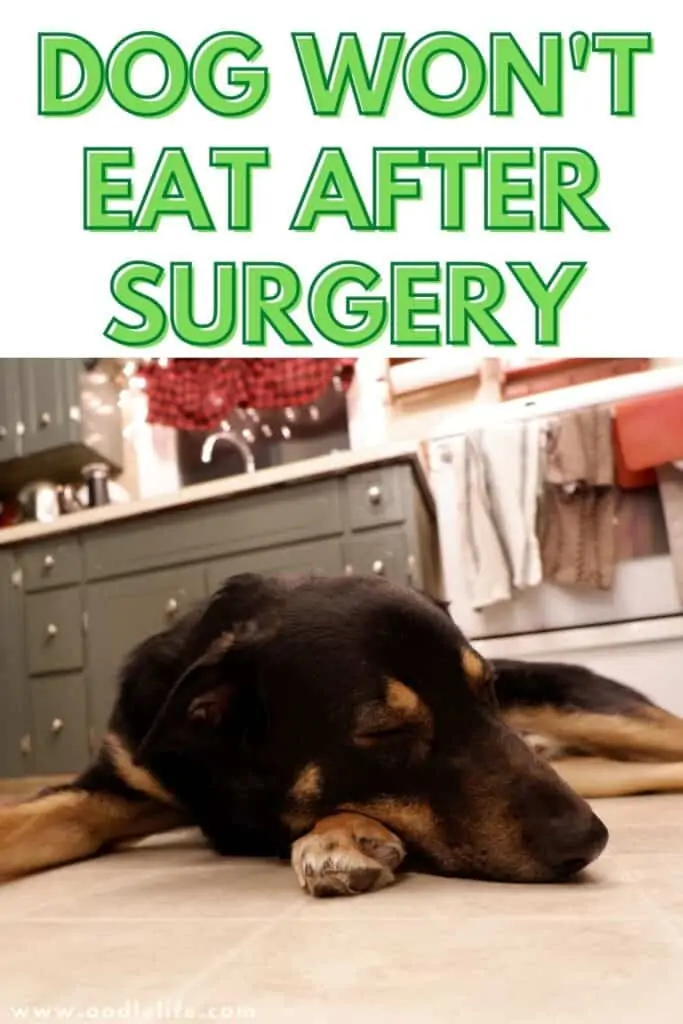
Like humans, different dogs have different post-surgery effects. Nevertheless, being unable to eat after surgery is an effect common to almost all dogs. Given that your dog needs a good diet, especially one rich in protein, to heal, it is frustrating when they fail to eat.
However, you cannot give up feeding the dog since it is your responsibility to make sure they are comfortable and recover fast. Read on for information on how to feed your dog after surgery and get back your happy and healthy furry friend within a few days.
Why Do Dogs Lose Appetite After Surgery?
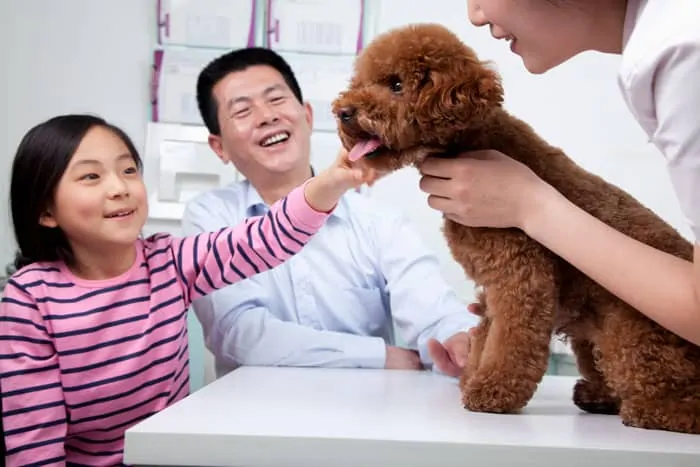
Prescribed Medicines
Some of the meds that vets may prescribe, such as antibiotics or painkillers, can make a dog nauseous, thus affecting his appetite. Others may cause the dog to have a sore mouth which also affects their appetite.
Pain
Your furry friend may be in pain, especially immediately after surgery, making it too hard for them to eat.
How Can You Help Your Dog Eat After Surgery?
To help make eating better for your recovering furry friend, use techniques such as:
Warm Their Food
Warm food smells better and is, therefore, more enticing to the dog. For this reason, add warm water or microwave the food for about a minute to make it warmer.
Warming also makes food such as kibble softer. Softer food is better for feeding the currently low-energy dog since it is easy to ingest and digest.
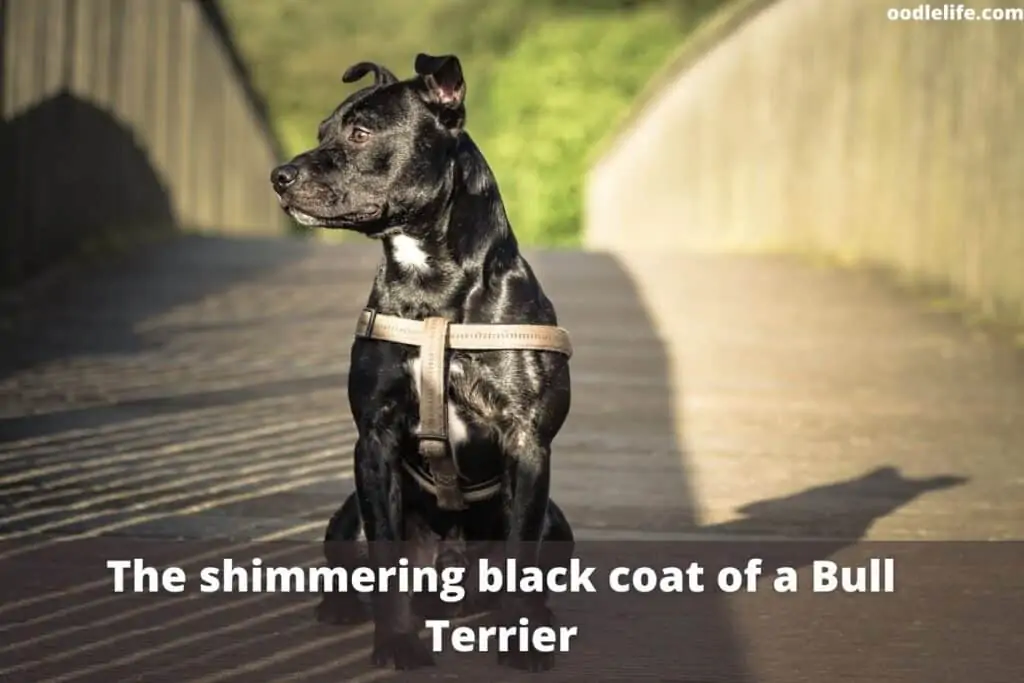
Feed the Dog Baby Food
When your fur-baby is dealing with post-surgery symptoms, baby food can be of great help. The baby food not only tastes good but is also easy to ingest. Since the food is not a regular diet but a way to lure the dog into eating, it will not have any adverse effects.
You can prepare the baby food by blending your dog’s favorite veggies and carbs. Alternatively, you can buy pre-made baby food from the store and prepare it for your dog.
If you opt for pre-made baby food, carefully read the ingredients before feeding to ensure they are safe for dog consumption.
Add Protein
Dogs love both the smell and taste of protein. For this reason, you can add some protein to their diet or feed them entirely on protein to enhance their appetite. The protein added to their food should be lean, such as cooked chicken or turkey.
The protein-filled diet will not only boost their appetite but also speed up recovery. Nevertheless, avoid feeding them fried, heavy, and fatty protein, as such protein can increase nausea and lead to further stomach upsets.
Hand-feed Your Dog
Your furry friend will highly appreciate attention and affection when recovering, and hand-feeding them is one way to show it. Get down to their level and gently feed them as you reassure them that everything will be okay.
Please do not rush the dog or force them to eat the same amount they usually eat since it causes more harm than good. A quarter to half of their regular meal is enough after surgery. Hand-feeding the dog is necessary, especially if your dog is wearing the cone of shame.
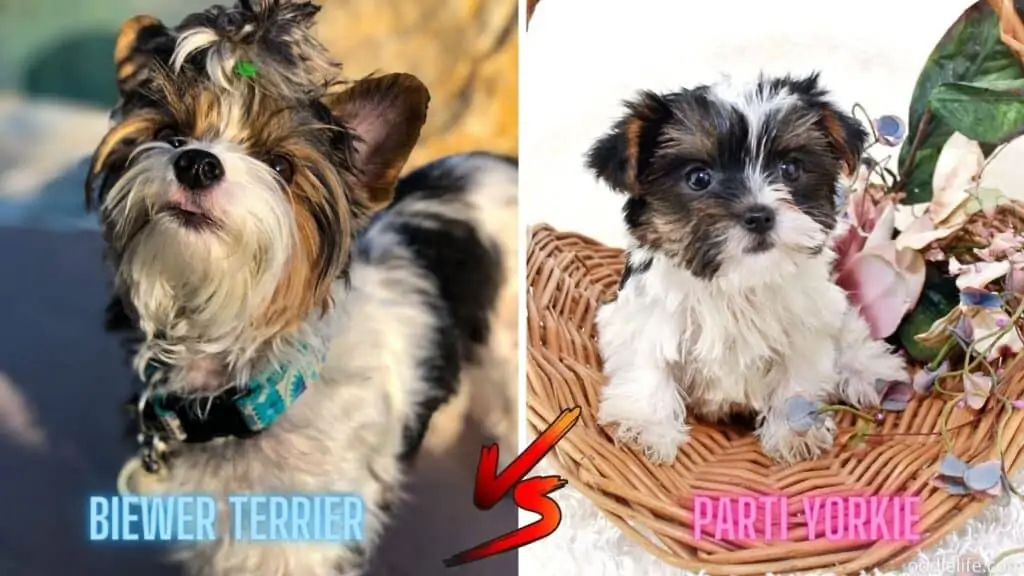
Prepare a Home-Cooked Meal
Preparing home-cooked meals is the best way to ensure that the food you feed your dog is nutritious and delicious. For instance, you can schedule a meal that is in the ratio of 1:1 for carbs and protein, which are some of the constituents that your dog needs to get better.
Additionally, ensure that the food you prepare is not too fatty or has ingredients that could affect the dog’s recovery.
Checklist of Recovery Diet for Your Dog
The meal that you prepare for your dog should:
- Be high in protein – Protein supports the maintenance of lean body mass.
- Be tasty and attractive – The meal should easily lure the dog to get up and eat.
- Be rich in energy – This way, even a tiny amount of food is enough to help keep the dog strong and quicken recovery.
- Have highly digestible ingredients – This will help absorb nutrients fast in the body.
Cut and Shred their Food
Ideally, dogs love chewing and tearing tough chunks of meat and bones. Unfortunately, after surgery, your dog’s energy may be too low to chew and tear as usual.
Additionally, it is unfair to let your dog spend the little energy they have after surgery trying to tear meat. So, make feeding easier for them by shredding the meat into small pieces and avoiding bones.
Ensure that the food you give them is safe, even if they decide to swallow without chewing. It is also essential that you stay close by when they are eating to act fast if they choke on the food since they may fail to chew well.
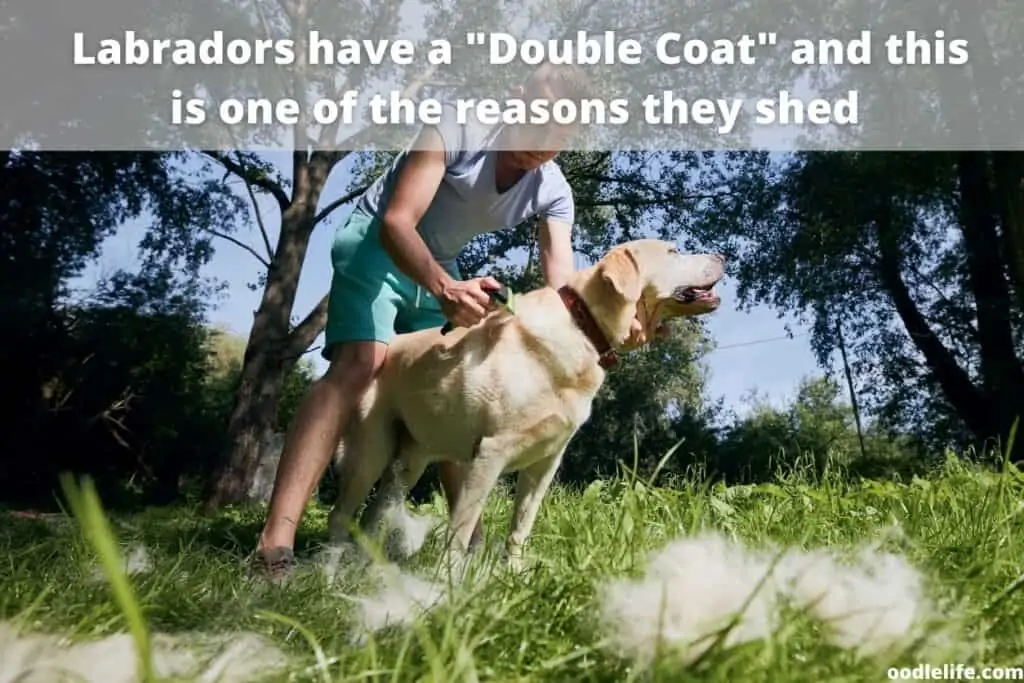
Use a Feeding Tube
A feeding tube is a feeding method used, especially if the surgery was for digestive issues. The tube directly feeds the dog’s stomach and bypasses other feeding organs that may have a problem.
For the feeding tube to work efficiently, you will need to adjust the usual food consistency to ensure it passes through the syringe. Therefore, wet food, liquid diets, and heavily moisturized dry food are the ideal types of food to feed through the feeding tube.
Always ensure that the food is of the right size and texture to avoid blockage. Additionally, consult the vet for instructions on safely using the feeding tube before you start using it.
Be Patient
As mentioned earlier, your dog may lose appetite after surgery. Therefore, don’t be too hard on them if they turn down a meal—instead, give them time. Your dog can comfortably make it through 24 hours without eating.
Therefore, instead of pressuring them, allow them some time to relax. And then use any methods above to feed them after a while. It is easier to make them eat if they are already hungry.
Let the Dog Eat Grass
Grass is usually not a good thing for the dog to eat since it induces vomiting. However, at this point, vomiting can be helpful to the dog since it may ease nausea, thus enabling the dog to eat.
If vomiting can help solve the dog’s problems, their instincts will lead them to eat grass, which will cause them to vomit. Therefore, do not stop them from eating the grass as long as they are well-hydrated.
After they vomit, withhold from feeding them for about an hour.
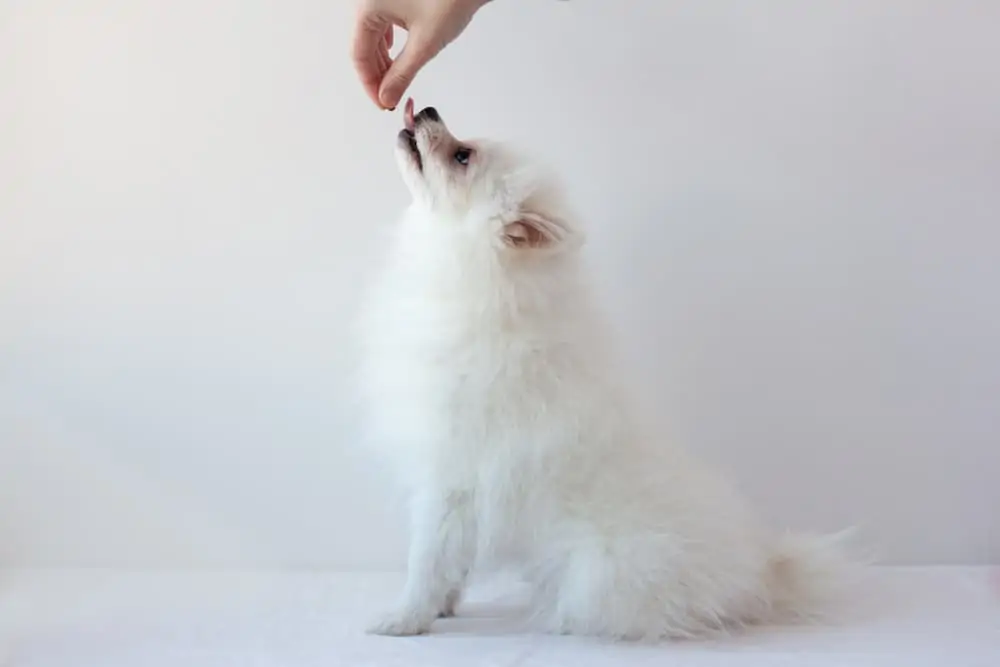
How Can You Help Your Dog Stay Hydrated After Surgery?
To help keep your dog hydrated, try using methods like:
- Add ice to the dog’s water bowl.
- Offer water from your fingers.
- Give him an ice cube to lick.
- Add Pedialyte to their water. However, first, ensure that it is okay to give this to your dog from your vet.
Talk to a Vet
Talk to a vet if your dog still doesn’t eat after more than 24 hours, regardless of your effort. The vet will help figure out whether there is any other problem with the dog.
Additionally, they can advise on meds or methods that can help boost the dog’s appetite and quicken recovery.
Restore Your Dog’s Appetite After Surgery
It is not always easy for your dog to get back to normal after waking from the induced sleep for surgery. Luckily, you quicken the recovery process and end this challenging time by using the feeding tips above.
If your dog still isn’t feeding after 48 hours post-surgery, consult your vet for more check-ups.